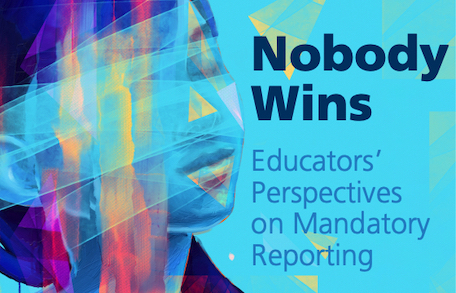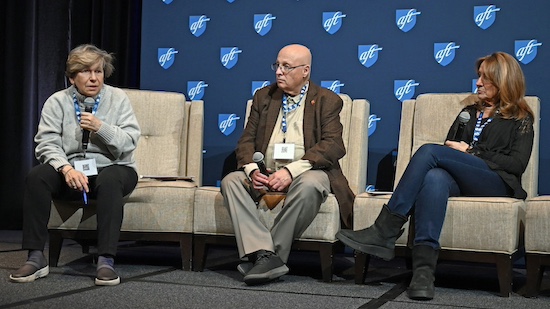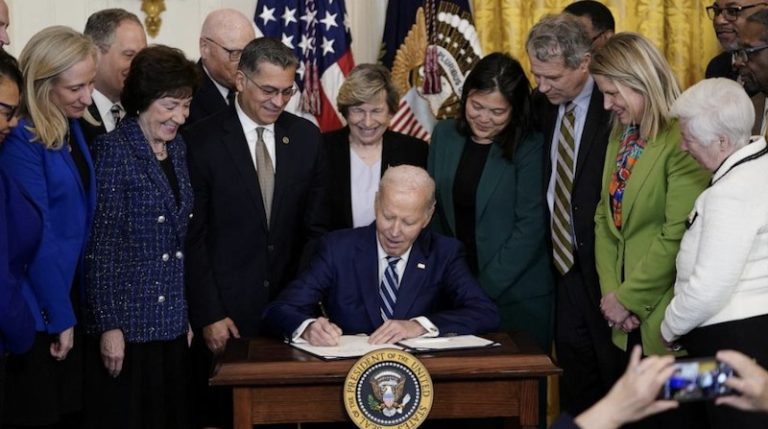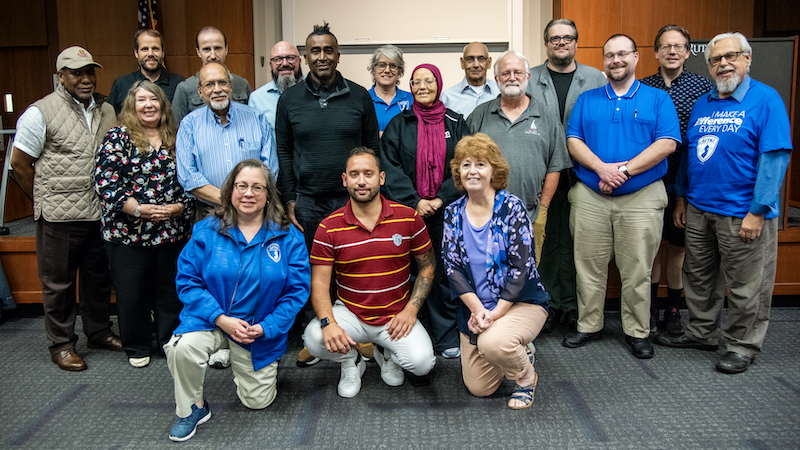About AFTNJ
AFT New Jersey represents 30,000-plus PreK-12 and higher education workers. It is the state’s largest higher education union, and its membership also includes the largest public school district (Newark).
Constitution
This organization shall be known as AFT New Jersey State Federation, AFT, AFL-CIO, and it shall affiliate with the American Federation of Teachers and those organizations mandated by its constitution and bylaws.
Supporting Our members and organized labor across New Jersey
AFT New Jersey represents 30,000-plus PreK to 12 and higher education faculty and staff throughout the Garden State,
advocating for fair contracts and safe working conditions, backing legislation that benefits education and working families,
and standing in solidarity with union affiliates.
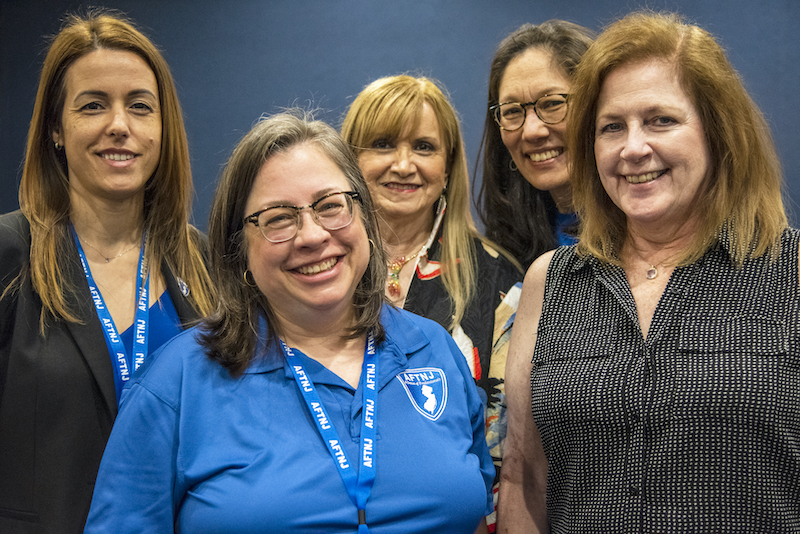

Active Campaigns
Affordable State Health Benefits for Adjunct Faculty
AFT New Jersey is mobilizing N.J. adjunct faculty for a campaign to enact into law affordable access to the State Health Benefits Program.
Events
Calendar of Events
M Mon
T Tue
W Wed
T Thu
F Fri
S Sat
S Sun
1 event,
AFTNJ Delegate Assembly Meeting
AFTNJ Delegate Assembly Meeting
Meeting will be held virtually using Zoom.All delegates will receive meeting notices and supporting documentation via email.

